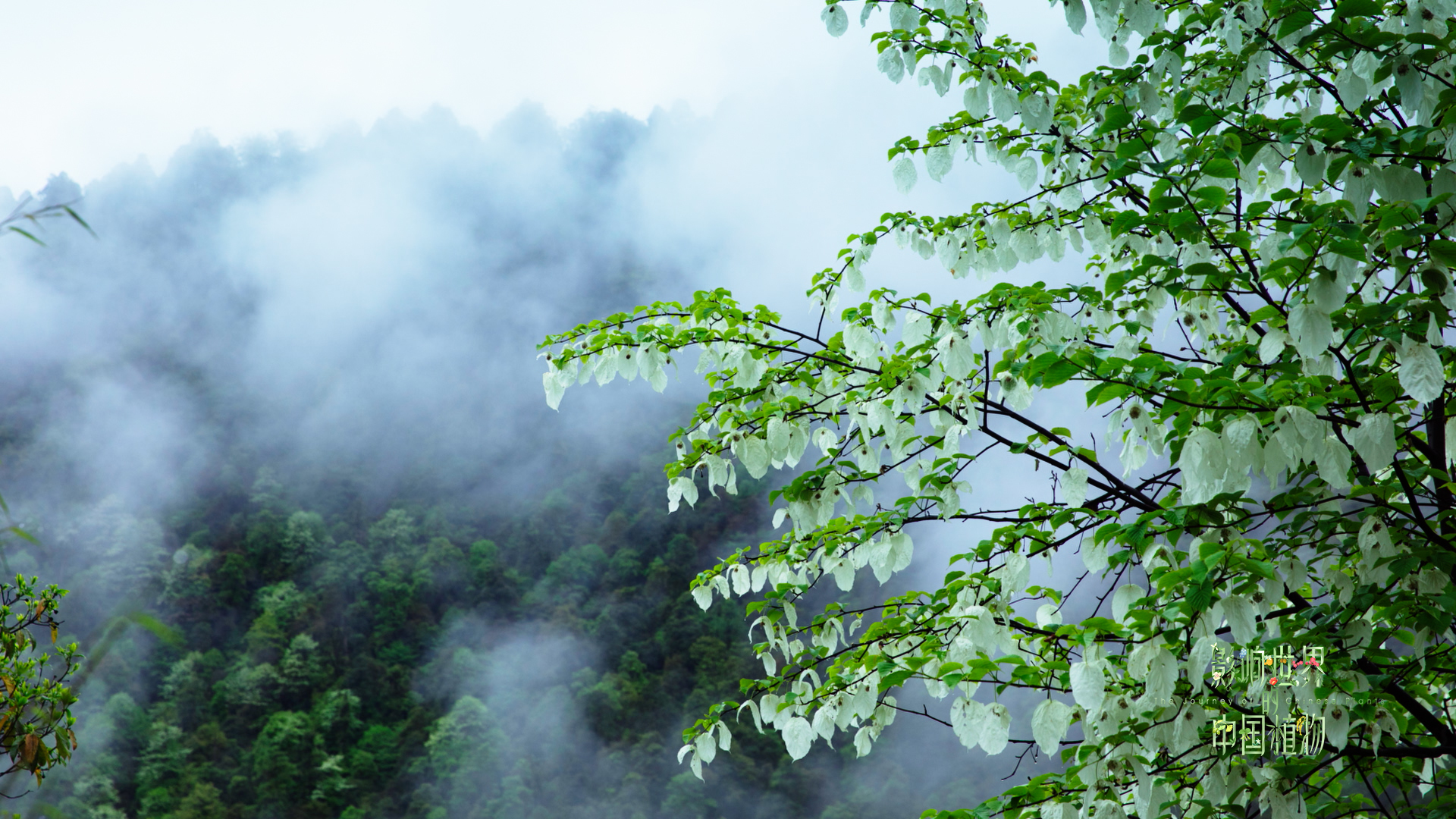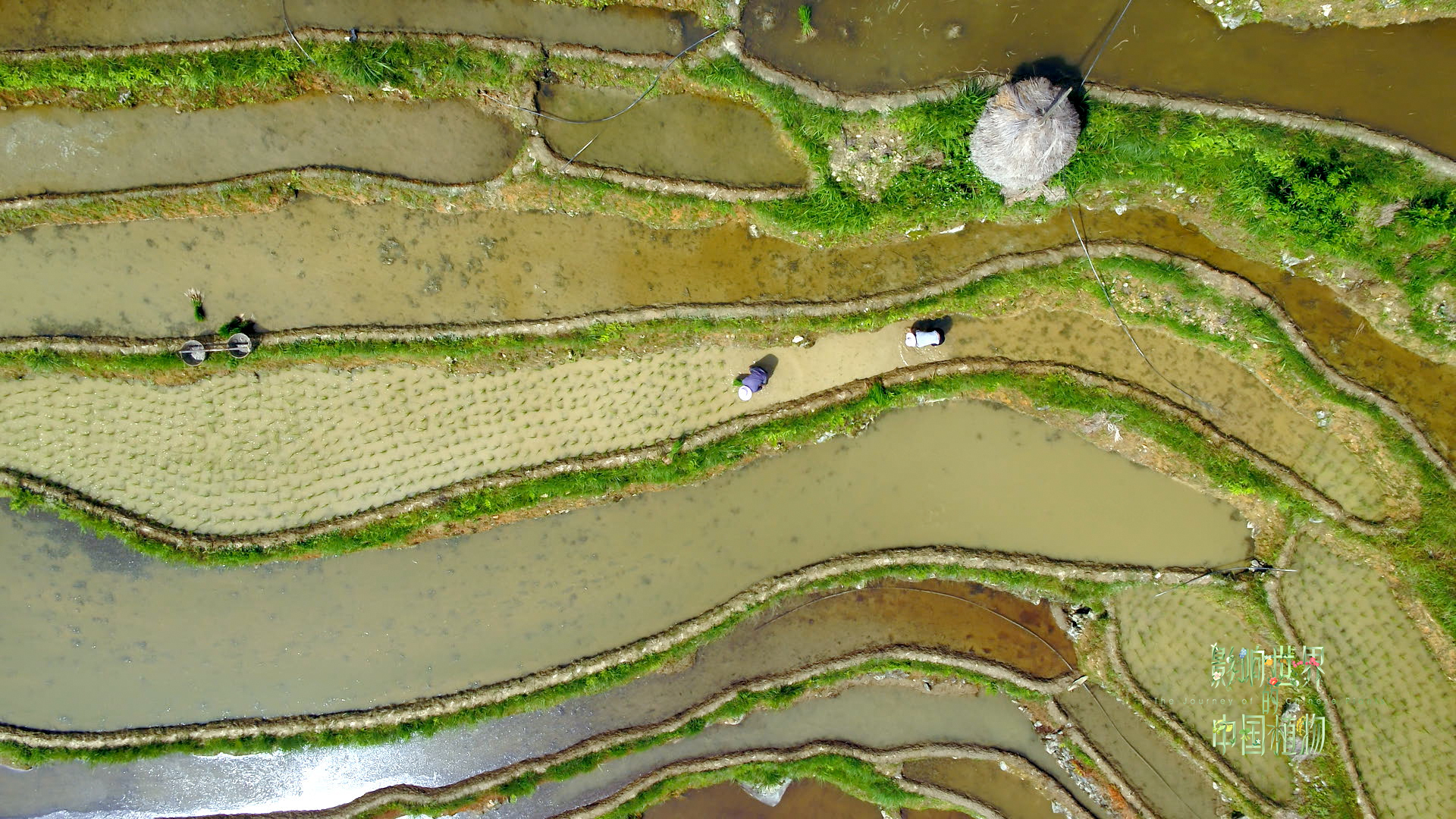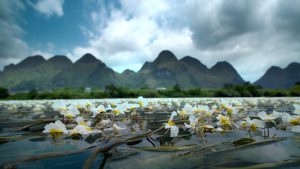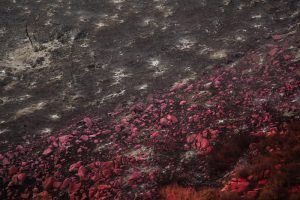“Humans settled near certain plants, and then those plants spread as humans migrated. Over the millennia the soybean has fed countless people; and without the mulberry tree, there would have been no Silk Road.”
This is no essay or poem, but the voiceover to China’s first documentary on plants, The Journey of Chinese Plants. The series, which had official backing, took three years to make and examines 28 different species over ten 50-minute episodes, including the tea tree, the mulberry tree, rice, soybean and bamboo. It covers their lifecycle from sprouting to harvest, their significance to China, and the impact they have had globally.
The series was well-received on its premiere in September last year, aided by an increasing appetite for nature documentaries and the increasing prominence given to ecological protection in China’s official discourse.
Plants and civilisation
“Of the 30,000 plant species worldwide, 10% are found in China.”
It might be more accurate to describe this series as a look at China’s geography, scenery and culture through a botanical lens, rather than a simple botanical documentary. The production team visited 93 locations across 27 provinces to highlight China’s unique plants. From the snowball plant eking out an existence amidst the frozen stones of the Tibetan Plateau, to the tropical plants fighting for space amongst the rainforests of Xishuangbanna; from the saxaul shrubs bringing a miraculous green to the deserts of the north-west of China, to the dove tree, an endangered deciduous tree with a fossil record dating back at least 58 million years.
As chief director Li Chengcai says: “We used this documentary to look at how plants have fostered our civilisation, our people. The land shapes the plants that grow on it, and the plants shape the animals who live there.”

The dove tree growing in a subtropical deciduous forest (Image: Li Chengcai)
The documentary goes to great lengths to explain how plants have contributed to Chinese civilization. The soybeans carefully selected by our ancestors fed their families, and also allowed them to raise livestock. When the Tang dynasty monk Jianzhen travelled to Japan he took soybeans as a gift alongside his Buddhist texts. Bamboo slips were used for early forms of writing: “Of China’s five millennia of history, two or three millennia were recorded on bamboo, and it was bamboo that allowed the writing system to stabilise.” And in China, tea is not just a drink – it is also widely used in traditional medicine.
“From clothes and food to homes and travel; from medicine to aesthetics – a rich variety of plant life has fostered and accompanied our civilisation on its journey,” the voiceover tells us. “These plants moulded China, but also influenced the world.”
The ‘soft-power’ nature documentary
As its title implies, the series focuses on the “journey” of Chinese plants as they influenced the world. The production team visited seven countries to film Chinese plants which have become part of everyday lives there. Rice has spread from China to be planted in 113 countries, and is now an important part of cuisines across Asia. The kiwi fruit, before it was named after New Zealand’s national bird, grew unremarked upon in the forests of Hubei. The mulberry tree, successfully transported to Italy, “made the Medici family in Florence rich, as they accumulated vast wealth from the trade along the Silk Road. That wealth was then used in patronage of artists and writers, fuelling the Italian Renaissance.”

Rice fields (Image: Li Chengcai)
The China-centred approach gives the documentary a very official flavour. The movement of plants across the globe is described as “China contributing to the world” and an export of “soft power” – a clear departure from most nature documentaries. The Guangming Daily pointed out that recent Chinese documentaries have aimed to help the world understand China, and that The Journey of Chinese Plants was a call for “cultural confidence.”
Comments on video platform Iqiyi.com were generally positive, with most users either praising the beauty of the cinematography or discussing nature conservation: “You could use any shot as your wallpaper.” “We only have one planet, let’s look after it.” There was also no shortage of patriotism: “Things like this could only be made while China is flourishing” and “China’s plants are as great as its people.”
Biodiversity worries
The Journey of Chinese Plants shows viewers the beauty of the country’s mountains, rivers, forests and plains, as well as the diversity of its plant life, and the great contribution that plant life has made. It does not spend much time on the challenges to biodiversity, the harm humanity is doing to nature, or the urgent issue of climate change.
Director Li Chengcai explained that: “This is China’s first documentary on plants. Of course, plants are at risk or endangered, and the first thing we wanted to do was protect and increase the viewers’ awareness. There is an increasing demand for protection of nature. The public often have different opinions, but they agree and have the same hopes when it comes to protecting the environment.”
Li says his next job is to make a documentary about efforts to save endangered species, which will better highlight biodiversity challenges. “China is a rich source of material for nature documentaries, and I hope to use these documentaries to show the world our biodiversity.”
Short previews of each episode can be viewed here.





![Labourers build a detention centre in Goalpara, Assam, on February 10, 2020. [image by: David Talukdar / Shutterstock.com]](https://dialogue.earth/content/uploads/2020/03/Assam-Goalpara-300x202.jpg)


![One of the female Mahakali villagers. This spring in a village of Nepal’s Darchula district was repaired by the women of India and Nepal working together; women from India cross the Mahakali every day and come to the spring for water; Chandra Samantha sits by [image by: Minket Lepcha]](https://dialogue.earth/content/uploads/2020/02/Minket-story-3-Chandra-Samantha-300x200.jpg)